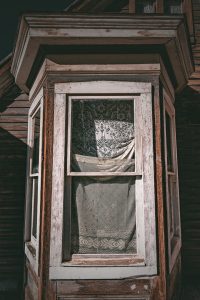 How far has technology come in Encinitas when it concerns health care for seniors and elder abuse prevention? According to a recent article in the BBC News, most American and other Western healthcare facilities have not yet begun using robotics to help provide superior patient care, but the everyday use of robotics might not be too far in the future. As the article explains, Singapore’s Nanyang Technological University has begun using an “intelligent” robot as its receptionist, and that robot could be a model for senior care in California, throughout the U.S., and across the world. What else should you know about the possibility of robotics in senior healthcare and the ways that “intelligent” nurses may be able to help detect and prevent nursing home abuse and neglect?
How far has technology come in Encinitas when it concerns health care for seniors and elder abuse prevention? According to a recent article in the BBC News, most American and other Western healthcare facilities have not yet begun using robotics to help provide superior patient care, but the everyday use of robotics might not be too far in the future. As the article explains, Singapore’s Nanyang Technological University has begun using an “intelligent” robot as its receptionist, and that robot could be a model for senior care in California, throughout the U.S., and across the world. What else should you know about the possibility of robotics in senior healthcare and the ways that “intelligent” nurses may be able to help detect and prevent nursing home abuse and neglect?
“Intelligent” Nurses Could Provide Senior Care and Attention
At Singapore’s Nanyang Technological University, the “intelligent” receptionist is called Nadine. The BBC News notes that, “from a distance, nothing about her appearance seems unusual . . . . It’s only on closer inspection that doubts set in.” Indeed, “for a machine, her looks and behavior are remarkably natural.” But there is more significance to Nadine than the fact that she may look like a human worker. Perhaps more than humans, the scientists who created her suggest, Nadine and other “intelligent” workers like her have the ability to recognize certain human emotions and to draw conclusions about behavior.
 Southern California Nursing Home Abuse Lawyer Blog
Southern California Nursing Home Abuse Lawyer Blog

















